Description
Yellowtail hamachi, as it has generally come to be acceped now, refers to a type of sturdy ocean fish in the jack family, or Carangidae. Jacks, including amberjack and pompano, can be strong-tasting, but yellowtail amberjack tends to be more delicate. In Japanese it’s hamachi, a favorite of the sushi bar. Most hamachi or yellowtail is farm-raised in Japan and imported, usually frozen, in fillet form. They are caught primarily with hook and line, and their average weight is 10 to 20 lbs.
Hamachi describes a type of sushi-grade yellowtail fish that often appears in Japanese cuisine and forms the base of many sushi-style raw fish dishes at sushi bars worldwide.
The fish is prized for eating raw and commands a premium price in Japanese markets. Raised in cages in Japan’s Inland Sea, hamachi are harvested at around 15 to 20 pounds. Upon harvesting, the fish are iced and handled with great care to prevent bruising of the flesh, which lowers its value as sashimi. A small amount of hamachi is harvested wild off the coast of central Japan.
The most valuable member of this family is the yellowtail farmed in Japan and featured in U.S. sushi bars under the name hamachi.
Another yellowtail species (Seriola lalandei) is harvested wild off southern California and Baja, California and farmed in Mexico and Australia. While amberjacks are subject to parasite infestation in the wild, this is not a problem with farmed hamachi.
Yellowtail (Hamachi) is a type of edible fish that has been commonly consumed at the Japanese dining table for a long time. There are various designations for the fish depending on the area and the size of the fish, but in general, “Yellowtail” is used as a collective term for both natural and farmed fish, while “young yellowtail” is used only for farmed fish. Production of both natural and farmed is stable and they are in season in the wintertime when they become fatty.
Size:
- Max length: 98.25 inches
- common length: 31.44 cm
- max. published weight: 212.96 kg
- max. reported age: 12 years
The Yellowtail Amberjack (hamachi) is also known in Brazil as Olhete.
Where can Yellowtail (hamachi) be found?
South Atlantic: Abundant in Brazil from São Paulo to Rio Grande do sul. Circumglobal in subtropical waters: Series of disjunct populations. Indo-Pacific: South Africa, Walter Shoals, Amsterdam Island, Japan, Australia, New Zealand, New Caledonia, Hawaii, Rapa, Pitcairn Island, and Easter Island. Eastern Pacific: British Columbia, Canada to Chile Eastern Atlantic: St. Helena, South Africa.
It inhabits the coastal sea area of the Japanese archipelago and the East China Sea and is considered an inherent species in Japan’s neighboring oceans.
How does Yellowtail (Hamachi) look like?
Yellowtail is a sleek migratory fish similar to the tuna. Yellowtail, including Yellowtail Jack (Seriol landei), are recognized by a yellow stripe across their body and their yellow tail.
Yellowtail (hamachi) meat is pink, though wild yellowtail can vary in color due to differing fat content among fish. Yellowtail fillets can have a dark muscle line along the edge.
The hamachi has light golden flesh and may display a dark streak along the edge of a fillet, a characteristic of the two-toned musculature of fish that cruise the open seas.
Health benefits:
Both natural and farmed yellowtails are rich in high quality proteins and fats. According to the Standard Tables of Food Composition in Japan -2015- (Seventh Revised Edition), 100 g of natural yellowtail contains 21.4 g of protein and 12.71 g of the total amount of fatty acid. Among fatty acids, polyunsaturated fatty acid is 3.72 g, which contains many components that humans cannot synthesize in the body.
For example, 100 g of yellowtail contains 1700 mg of docosahexaenoic acid (DHA), which is said to stimulate the brain, and 940 mg of eicosapentaenoic acid (IPA or EPA), a component which is considered to improve blood flow. Vitamin E, which controls oxidations of these components, is also abundantly contained. In addition, a consumer can take various nutrients from yellowtail as it contains the vitamin B group, vitamin D, and taurine, one of the amino acids which is an umami ingredient.
Culinary profile:
Yellowtail with the flavor of grease is exceptional and can be enjoyed even with simple seasoning. Sashimi, sushi and carpaccio are delicious, but heating improves umami of the fat. The taste of yellowtails can be enjoyed in a broad range of recipes such as salt-grilling, teriyaki, miso-marinade and shabu-shabu. “Buri Daikon,” in which various parts of yellowtail are stewed with Daikon radish, is very popular as a classic dish in the winter.
Hamachi has a mild taste and a firm, buttery texture that sushi novices love. Cooked meat is white and firm with a sweet, mild flavor. The high oil content gives the flesh a buttery texture.
Hamachi is a versatile fish. Though mostly served raw, thinly sliced for sashimi, it is delicious lightly seared or marinated and then roasted, grilled or braised. It can also be simply seasoned with salt for grilling; salt and high heat bring out the sweet, delicate flavor.
Hamachi can be as rich as toro, smooth and buttery with a deep smoky tast, but not as overpoweringly fatty. The area around the pectoral fins is considered the tastiest part and is often set-aside for special customers. Some sushi bars grill the skeleton and the bits of meat left on it and serve it as an appetizer or snack.
Cooking Methods:
- Broil
- Grill
- Saute
Yellowtail Amberjack (Hamachi) Videos
Nutritional facts
- Serving size: 3.5 oz
- Calories: 146 kcal
- Protein: 23.1 g
- Total Fat: 5.2 g
- Saturated Fat, total: 1.3 g
- Carbohydrates: 0 g
- Sugars, total: 0 g
- Cholesterol: 55 mg
- Sodium: 39 mg
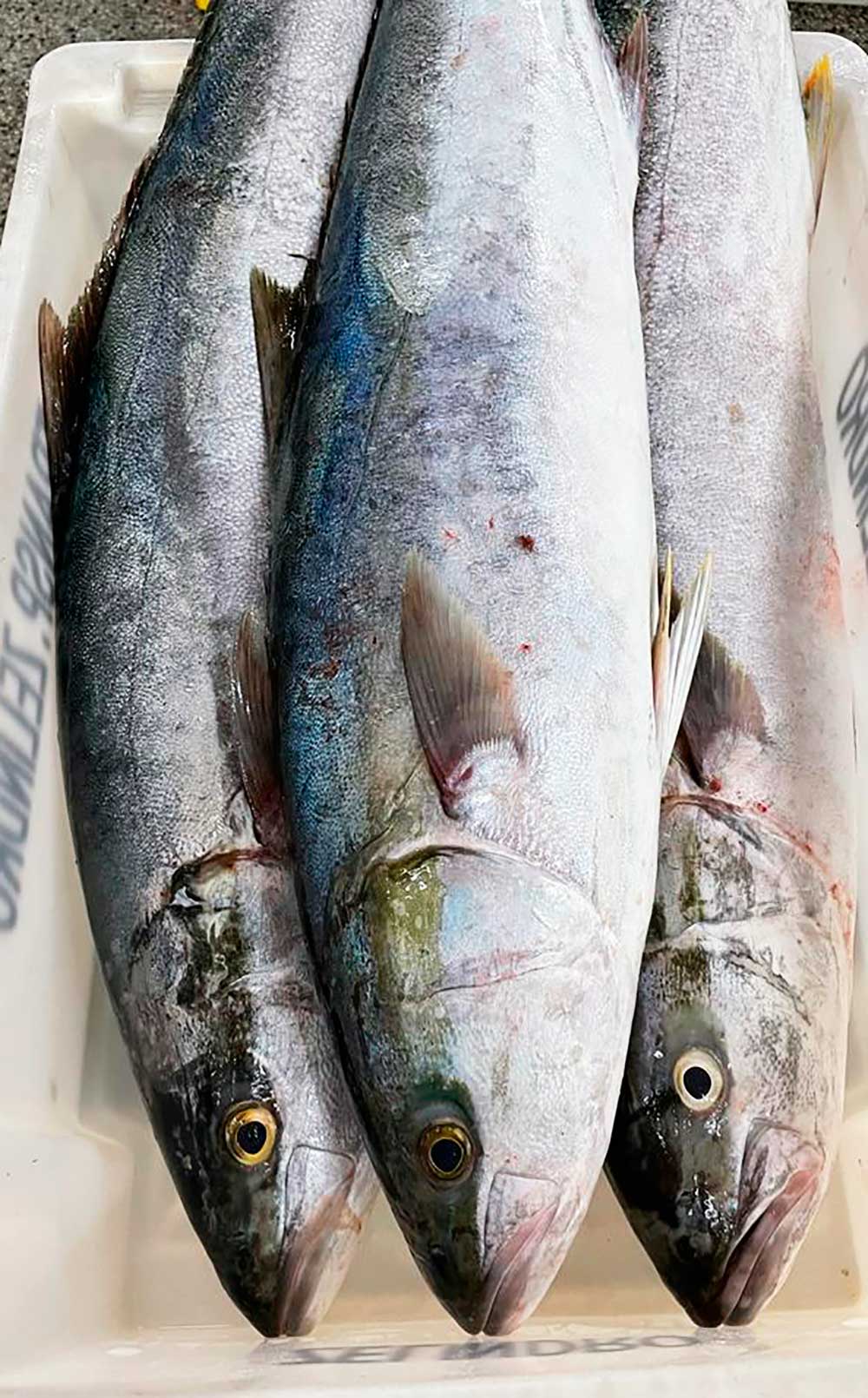
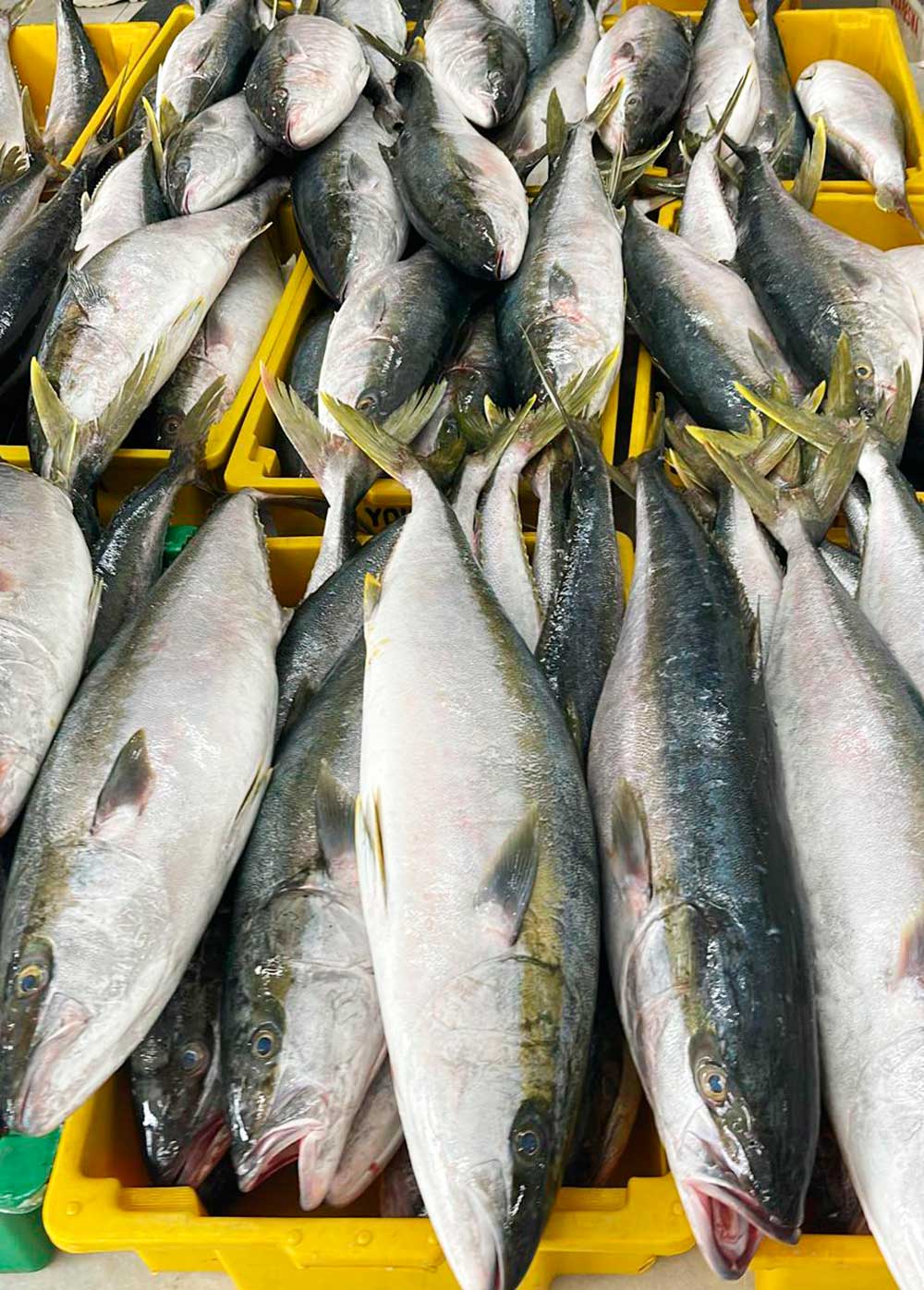
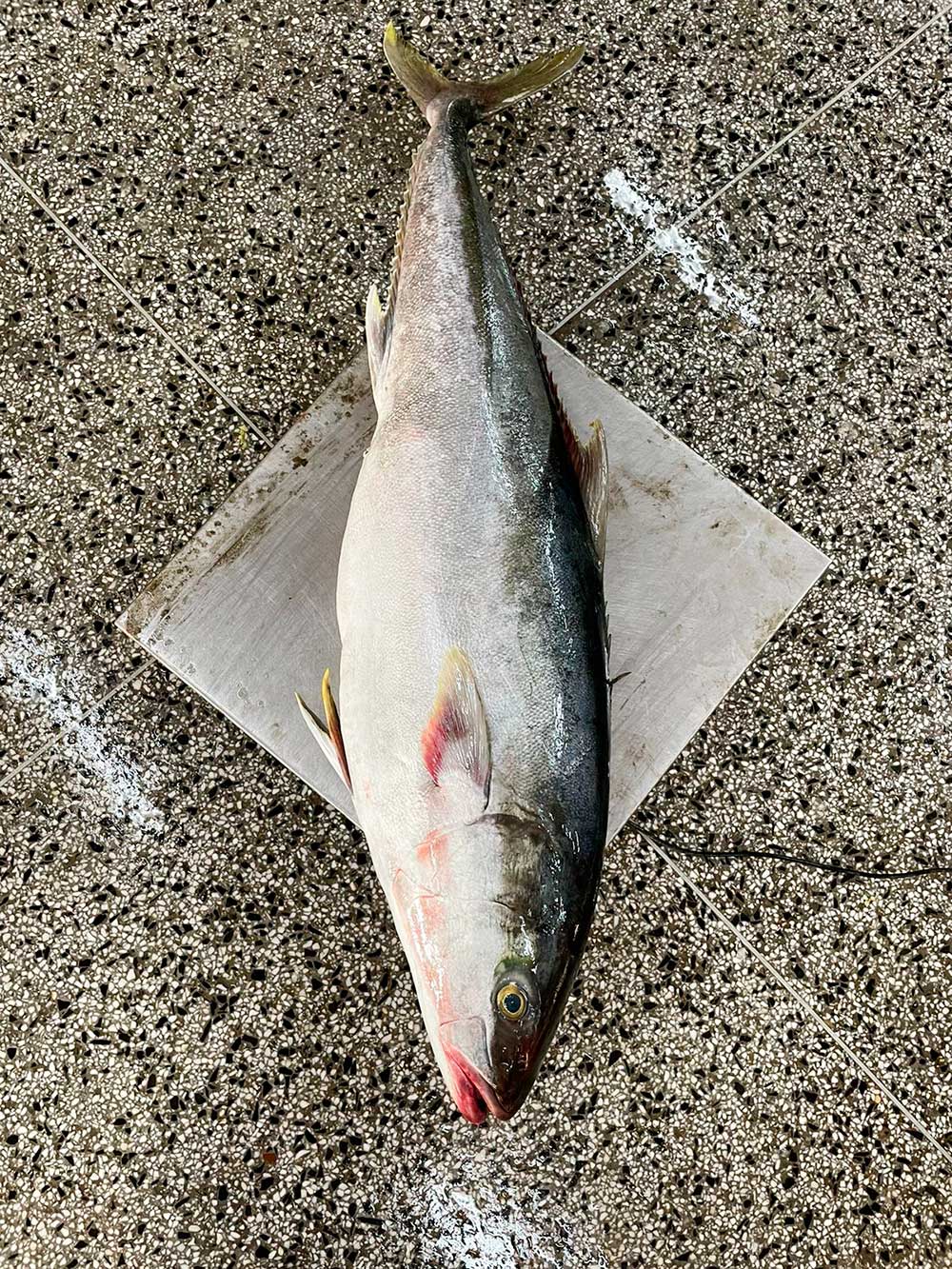
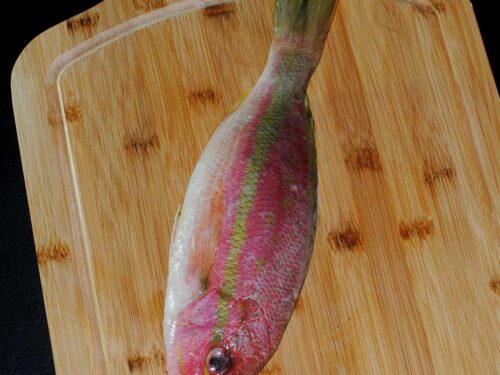
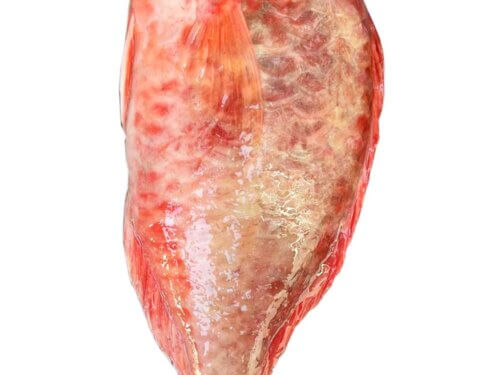
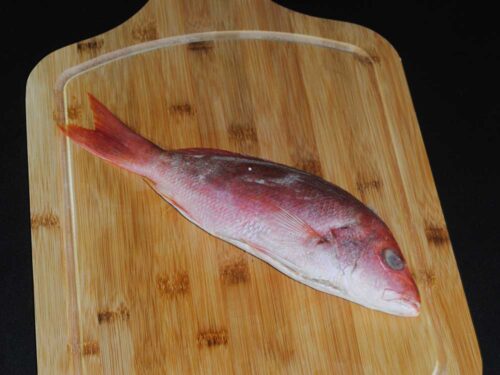
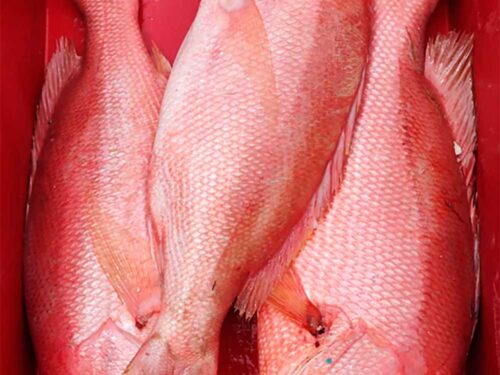
Reviews
There are no reviews yet.